|
|
| Fruit,
Vegetables and Gourds |
Mushrooms found
in China |
|
China and especially Guangdong has a
wealth of naturally grown mushrooms. Generally any supermarket
or wet market will have a dozen different varieties
on sale on any given day.
On this page we will attempt to list them all, or at
least all the common ones, and also give you pictures
and pointers in the best ways of using them.
Please also see our related page: Chinese
mushroom soup, which is an unusual and totally excellent
recipe
Let's get started:-
1. Chinese stick mushrooms
(Enoki or snowpuff mushrooms) - these are white
and a thin strip about 3 or 4 inches long. They
have a very small round crown, and usually come
in bunches, which you should break apart a little.
These are often found in delicate Chinese soups,
and also vegetarian cuisine. They are also great
in 'hotpot', but don't leave them to overcook.
That stated, they are often very chewy, so for
normal cooking I would give them 20 minutes simmer
before serving. |
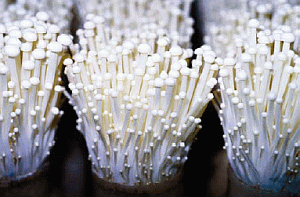 |
| |
|
2. Chinese egg mushrooms.
These are a creamy gray colour and between 1 and
2 inches long. They look exactly like small eggs.
Prepare these by washing and chopping into halves
or quarters. No need to bother removing the skin,
or you will be doing it for hours!
These have quite a strong taste, and are hardy
when cooked. This makes them ideal for casserole
type dishes, where I would simply add them whole.
When added whole, the insides fill with hot fluid,
so be careful when biting into them. However the
excellent flavour makes them one of my stalwarts
in the kitchen.
I have used them in place of common button mushrooms
in my 'Splodge', and they are brilliant! They
are also common in Chinese soups, and withstand
simmering for hours extremely well + adding unique
flavour to the dish.
|
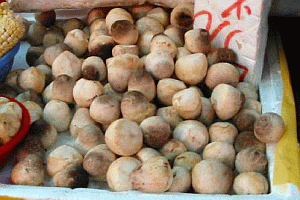
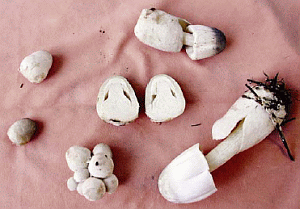
|
| |
|
3. Chinese fan mushrooms (Oyster).
These are known in the west but I do not know
their real name. They come in various sizes and
are sold as blocks. They are notable for being
fluted and look like a long thin flower petal.
White ones are usually fresher when sold in Chinese
wet markets, and they are also preferred by Cantonese
chefs.
If you buy them in a clump, then break them down
into individual florets. They are then washed
by tossing in water, and added to the dish as
appropriate.
Sizes range from less than an inch to over 9 inches,
so cooking times need adjusting dependant upon
size. You will probably find the largest ones
are quite tough unless cooked for an hour or more,
so we aim for 3 to 5 inches for most dishes.
These I would cook for 15 to 20 minutes, or if
added to a casserole, then interpolate and add
nearer serving time.
|
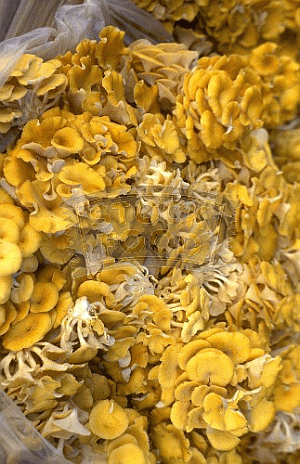 |
| |
|
4. Chinese brown mushrooms
are know as Chinese Black Mushrooms or Shiitake.
These are normally sold dried in plastic bags
in supermarkets, and have a cross on the top.
If you can find these fresh then they are a lot
better. If not, then you should soak these for
several hours at least, and overnight is preferred.
If you do this, then save the water to use for
thinning a soup.
As long as these are not very wide (Less than
1 inch), I would not cut them.
|
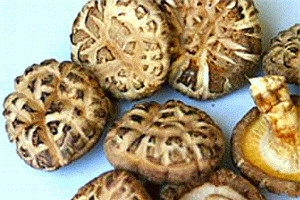 |
| |
|
5. I like to use a traditional
button mushroom as the final ingredient, in some
dishes.
Standard or brown caps are good, and size is important
re presentation. If I have small mushrooms, then
I would simply wash them and add to the pot. If
they are larger, then I would break off the stem,
and probably cut the crown in two.
Use these exactly as you would in the west, but
also know there are several types of brown caps,
all delicious! |
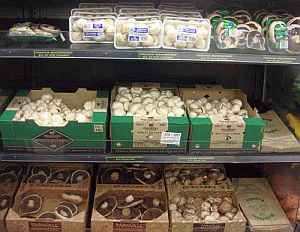 |
| |
|
| That's your starter for 5,
and know we will be adding to these in the near
future (6th August 2010) |
| |
|
|
|
|
This information is as supplied by ourselves, and ably
supported by our friends and various internet portals. |
|
| Search
this Website |
|
|
| Descriptions |
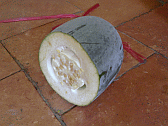
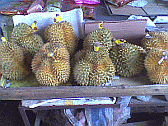
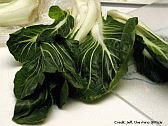
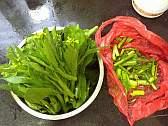
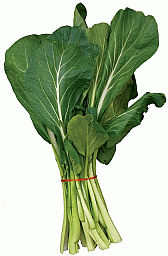
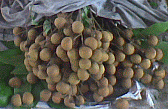
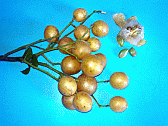
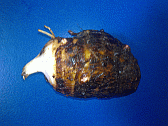
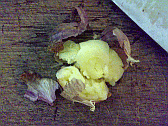
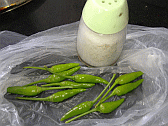
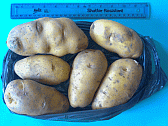
|
| Chinese Recipes |
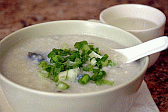
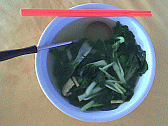
|
|